2012 - Volume #36, Issue #5, Page #22
[ Sample Stories From This Issue | List of All Stories In This Issue | Print this story
| Read this issue]
Old Phones Ring Up Big Bucks
 |
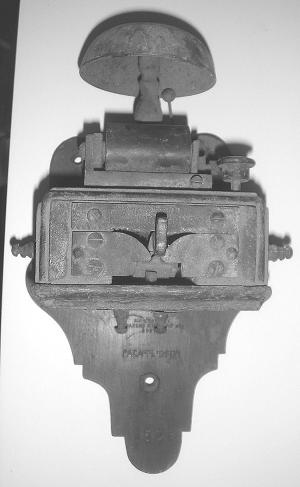 |
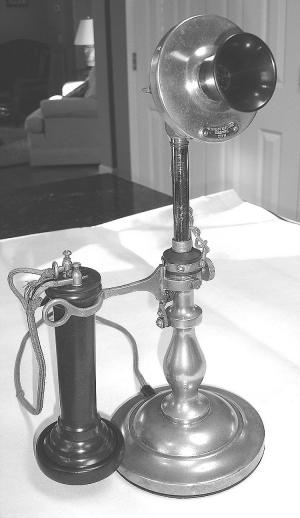 |
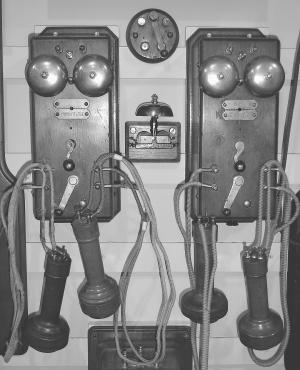 |
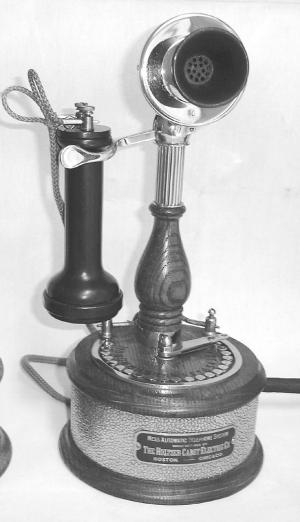 |
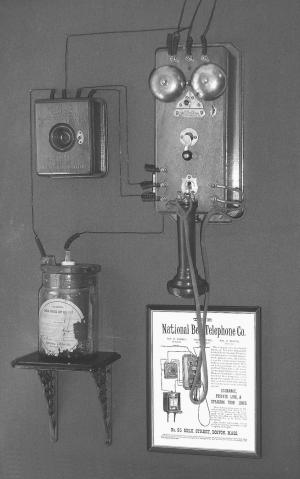 |
“The oldest I have is a matched pair of 1878 telephones, commonly referred to as ‘Coffins’ due to their similarity to a real coffin. They were made by Charles Williams Jr. in Boston, for Bell Telephone Co. – the same location where Alexander Graham Bell invented the telephone in 1876. They were found in a suitcase under the floor of a barn,” says collector Tom Adams. The barn owners discovered the phones when they tore down the barn. In today’s market, they are valued at about $12,500 each.
At a recent auction in Cologne, Germany, one of the first American phones, an 1876 National Bell Telephone Co. wall phone, sold for just under $40,000. “I thought that one was a little high, but in Philadelphia at an auction there was a similar phone by Watts Co. that sold for $33,000,” Adams notes. He has a similar model from 1879 in his collection.
Adams’ collection started harmlessly when he went looking for an old oak wall phone to display in his home. An antique store owner offered him 10 old disassembled phone cases and a box full of parts for $200. Unfortunately, there weren’t enough parts to finish even one phone, and in his search to find parts Adams was introduced to an Alabama game warden’s collection. “He had a beautiful display, and that lit the fire,” Adams says. “That was 40 years ago.” Now he serves on the board of the Antique Telephone Collectors Association (ATCA, 1,000 members) and is a member of Telephone Collectors International (500 members). He has 1,500 sq. ft. of space in his home dedicated to his telephones and other collections.
Adams focuses on early models prior to 1910 – mostly phones made for Bell Telephone. As indicated by past auctions, the oldest phones can be valued in the tens of thousands of dollars range, depending on age, condition, rarity – and of course how much someone is willing to pay for it.
But other phones have good value, too, Adams notes. “The latest trend has been the more modern phone from the 30’s and 40’s in colors, like Peking Red and Dark Blue,” he explains. Collectors remember them from their childhood and pay as much as $4,000 to $5,000. Old pay phones sell in the $3,000 to $4,000 range. Candlestick phones – desk models with interesting potbelly, fluted and ornate bodies made in the late 1800’s – are also very valuable, sometimes in the $2,000 to $30,000 range.
The crank-type wall phones most folks are familiar with are much more common and have gone down in value from 30 years ago. One in good condition sells for about $150, Adams says.
He noted that when he was younger he found some of his best phones by stopping in at farms and that there are likely many treasures yet to be discovered.
He offers a few tips for people who have telephones they would like to sell.
“Keep them as original as you can,” he says, explaining that having them re-nickled and putting on new parts devalues them.
Listing them on eBay is a good way to sell them, he adds. Craigslist is often a good option for local sales. People can also contact the ATCA (atcaonline.com), which lists phones for collectors.
There are a few reference guides about collectable phones such as “Telephones: Antique to Modern” by Kate Dooner, which focuses mostly on U.S. phones.
It’s possible a phone you have is something a collector is searching for.
“For me it’s a Tap Bell phone made in 1878 and 1879 by Charles Williams Jr.,” Adams says. He saw a couple on eBay but his bids fell short of taking it home. One went for a hefty $23,000.
Contact: FARM SHOW Followup, Tom Adams (ph 919 761-8784; http://home.roadrunner.com/~tom.adams1).

Click here to download page story appeared in.

Click here to read entire issue
To read the rest of this story, download this issue below or click here to register with your account number.




